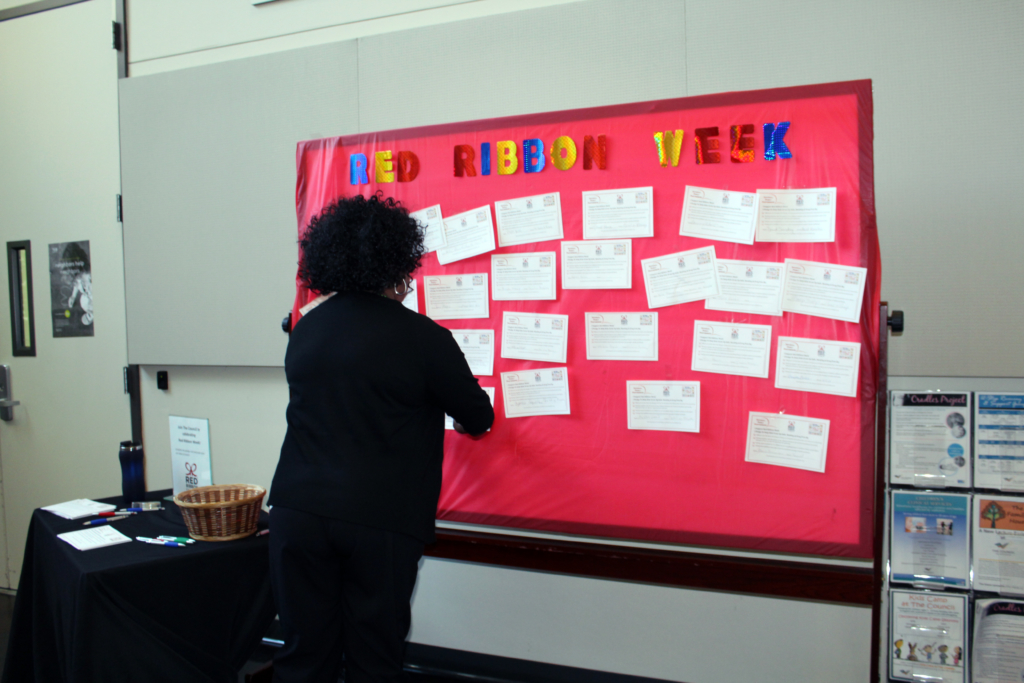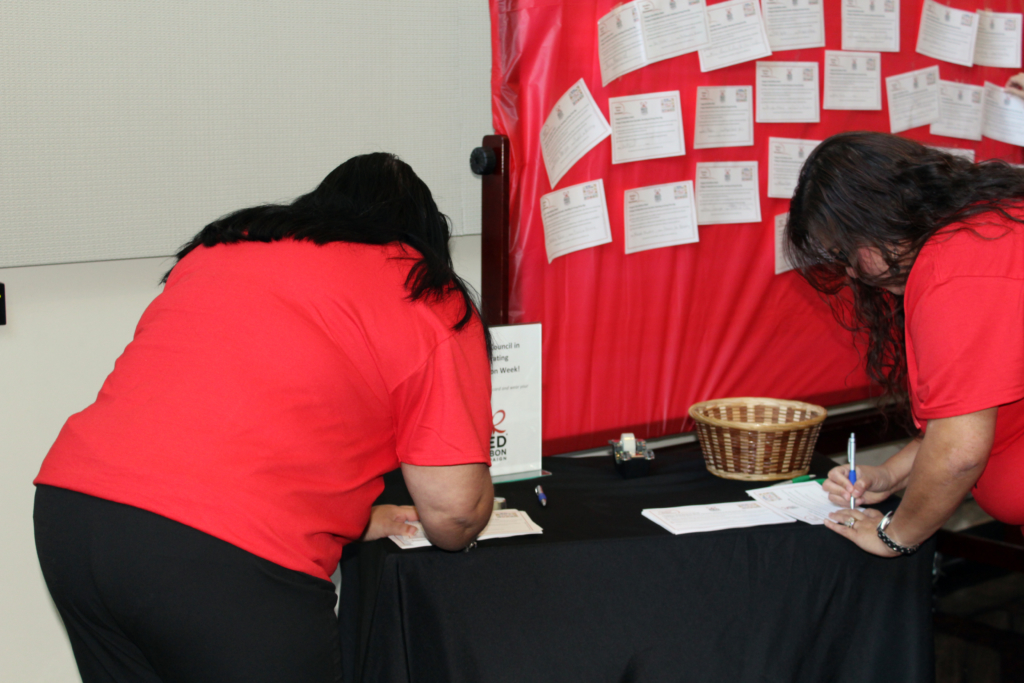Heroin use and addiction is no longer confined to the hardcore junkie. It’s become an epidemic in the U.S. affecting every demographic in a major way. Of the 21.5 million Americans that have a substance abuse disorder, nearly two million were reported as abusers of prescription opioids, a known precursor to heroin addiction; and 586,000 had a substance use disorder related to heroin itself. As unsettling as those statistics are, it is even more disturbing to consider that almost half of those reported with a substance use disorder involving heroin were under the age of 25.
Heroin-related deaths tripled in number in just four years, between 2010 and 2014, from 3,036 to 10,574, and there has been an increase in use in just about every state nationwide. According to the Centers for Disease Control, there has been an alarmingly large increase in fatalities nationwide due to drug overdoses. In Texas alone, the increase has been 4.3%, and that is in a one-year period.
What is Heroin?
Heroin is an opioid drug that is derived from the pain-killer morphine. It can be used by smoking, snorting, or injecting, and is typically found in the form of a black tar-like substance, but can also be a brown or white powder.
The high from heroin creates a feeling of euphoria and drowsiness, and users often experience “nodding off.” Risks of heroin use include hypoxia, vascular problems, pulmonary and gastrointestinal issues, overdose and death, among others. There is frequently an increased danger for heroin users due to contamination of the drug, which can be cut, or mixed, with other substances that can be toxic, or even fatal.
Why Are So Many Teenagers and Young Adults Using Heroin?
Heroin use among young people often begins the same way is does for adults, through the use of prescription pain medications. Opioid pain-killers like OxyContin, are readily prescribed by doctors for everything from premenstrual pain to dental work to traumatic injury, for both teens and adults, and leftover medication is often shared between friends for recreational use. When the prescription drug becomes unavailable, many turn to the use of heroin, which is cheaper and stronger. In fact, it is estimated that up to 80% of heroin use began with the user taking prescription pain medication.
Another factor in the use of heroin is that the perception of the availability of the drug is changing. The idea that heroin easily accessible to teenagers and young adults has increased among this demographic, which has historically been an indicator of increased use.
What Can Be Done About Heroin Use Among Teenagers?
With heroin and other drug abuse increasing among teenagers, parents must come to the realization that use, addiction, and death can happen to anyone – no matter the age, gender, race, socio-economic background, or any other defining quality. Heroin does not discriminate; it can kill anyone.
Parents and friends of teenagers have to be aware of the signs of heroin use, and they have to pay attention to behavioral and physical changes in their young loved ones. The best prevention is education and involvement in the lives of teens.
Recovery from Heroin Addiction is Possible
Possibly the only good news regarding the heroin epidemic is that more and more young people are seeking help for their addiction to heroin. There has been an increase in the number of heroin users under the age of 25 entering addiction rehabilitation facilities and receiving treatment for substance abuse disorders. While that is encouraging, relapse rates for heroin use are high, and intensive, ongoing treatment is often necessary for many users.
Recovery from heroin addiction is possible for anyone who is willing to take the first step and ask for help. For many, The Council on Recovery is the place to start. Founded in 1946, the Council on Recovery is Houston’s oldest and largest non-profit organization providing support, information, and outpatient treatment to all who may be adversely affected by alcohol, drugs, and addiction-related issues. The Council on Recovery is the leading provider of prevention, education, treatment, and recovery services in Houston. For heroin addicts and their families, The Council on Recovery provides fresh hope for lasting recovery and family healing.


